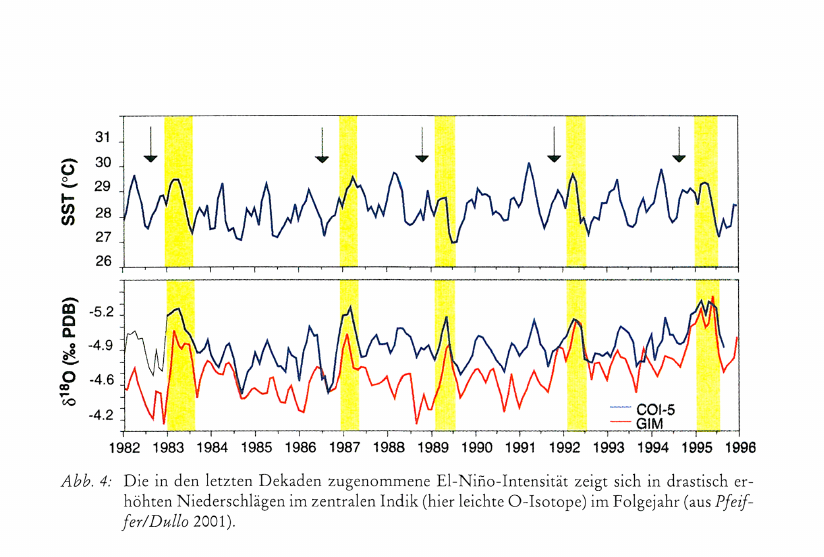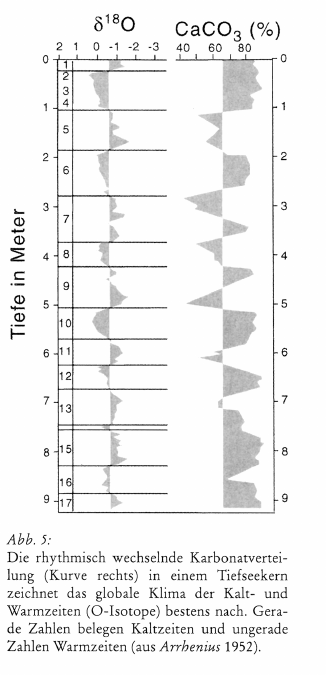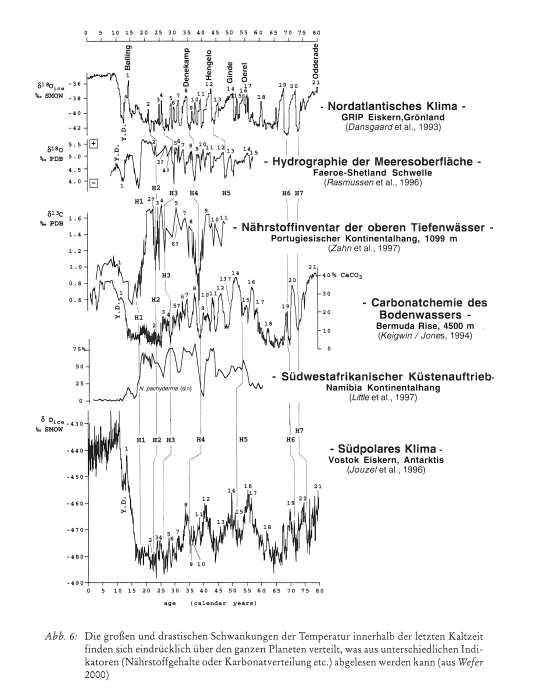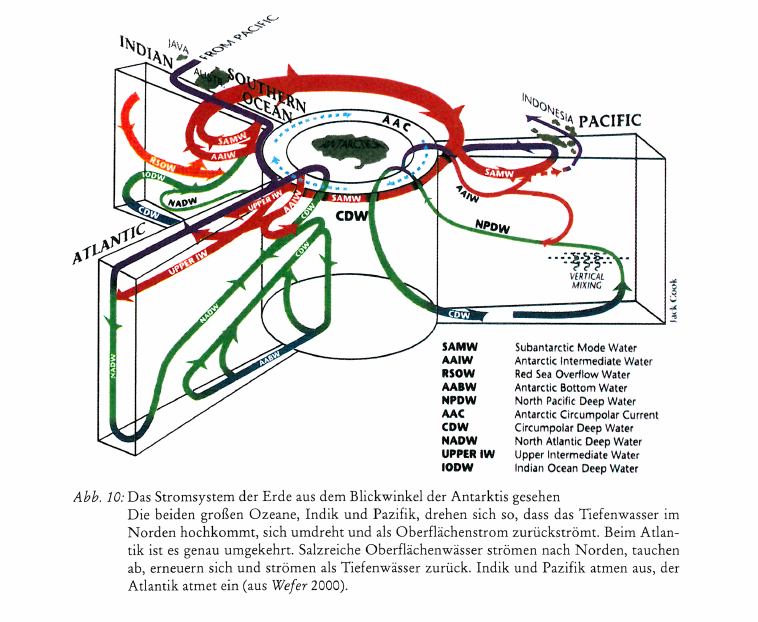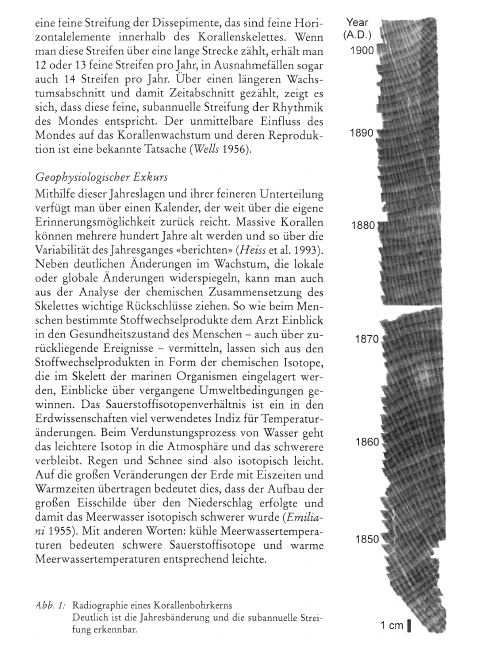Der blaue Planet
Erdgeschichtliche Betrachtungen über das Weltmeer
Export Article Citation as
- Plain text
- BibTeX
- RIS format
- Download price : € 6.00
Abstract:
Understanding the Earth as a self-contained organism is fundamental to a Goethean approach. But how can we develop a concrete picture of it based on sensorial experience? An autonomous organism is recognisable by three essential components: rhythmical life processes, heat cycle regulation and biography. Using examples from geological history, this paper shows how these three components can be seen most clearly in precisely that element which distinguishes the Earth from all other planets, namely the ocean and its associated processes in the bio-, atmo-, cryo- and lithospheres. The annual cycles are related to the longer decadal and centennial cycles as well as to the far longer rhythmic fluctuations between glacials and interglacials. Interactions in the biosphere make possible the regulation of the heat cycles on the Earth’s surface. Finally, plate tectonic dynamics is the third component controlling the flow conditions in the ocean by opening and/or closing oceanic gateways thereby <biographically> determining the oceanic heat cycles. Modern Earth sciences have for a long time treated the earth as a whole and an attempt is made here to present the step from this to the organism.

